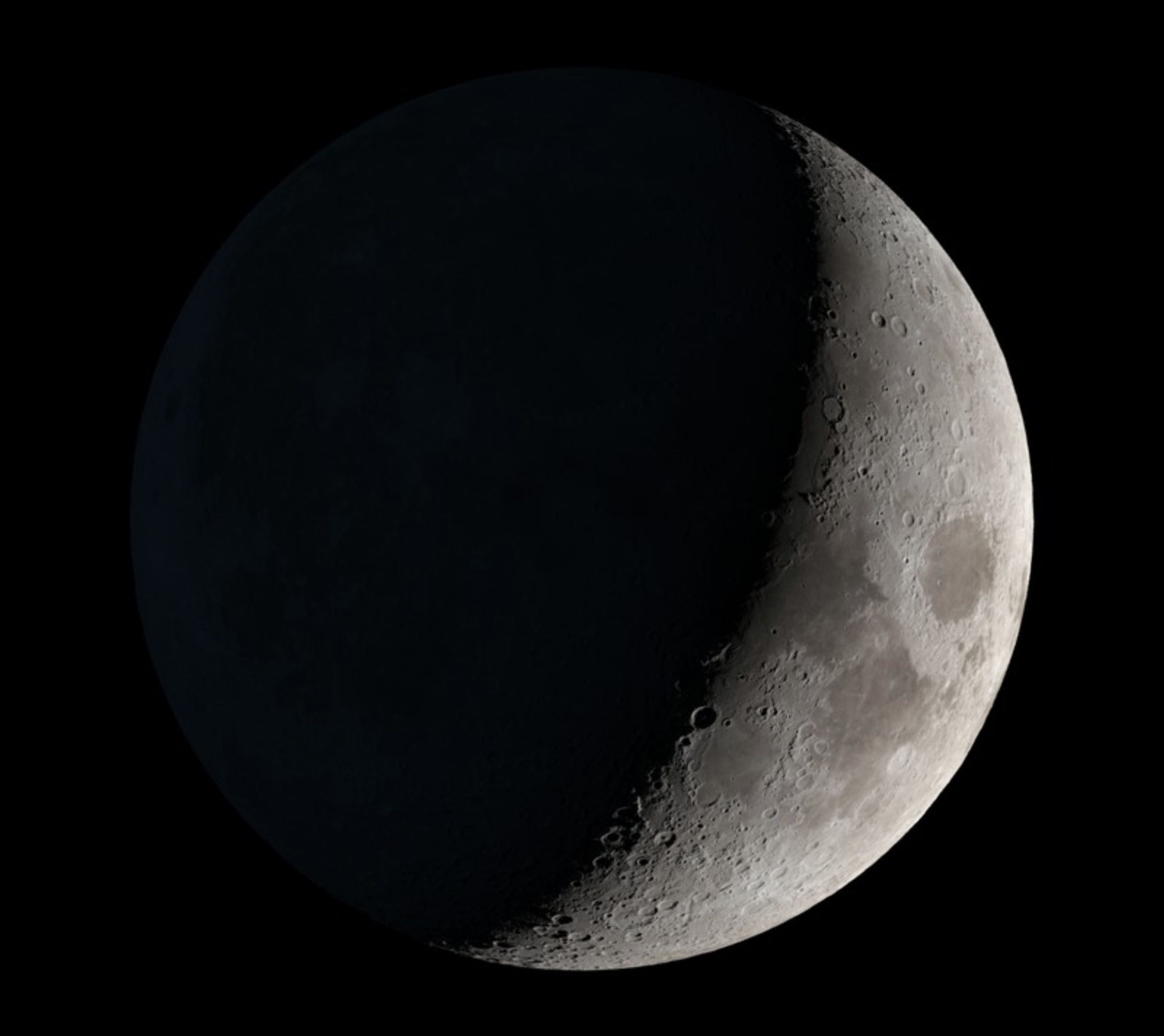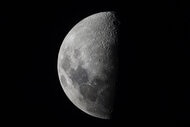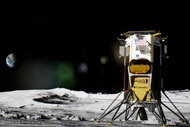Create a free profile to get unlimited access to exclusive videos, sweepstakes, and more!
China sprouted cotton on the moon but now it’s dead

The result was predictable, but the experimental value had to have been worth the effort: eight days after becoming the first known batch of seeds to sprout on any terrestrial body that isn’t named Earth, the lives of a small group of cotton plants on the moon’s surface have been snuffed out — done in by the extreme cold of the lunar night.
Carried to the moon’s far side on China's Chang'e 4 lander, the cotton seeds proved the hardiest among a smattering of species — including potato, rapeseed, yeast, and the mustard-like Arabidopsis plant — sent to feel out the extremes of the lunar environment.
According to a GBTimes report, the cotton seeds are the only species so far confirmed to have sprouted inside the small, fully-enclosed canister crafted for the mission as a “mini biosphere.” The growth experiment commenced “hours” after the Chang’e 4 lander touched down at the Von Kármán crater on the moon’s far side, becoming the first-ever test of plants’ tolerance for “low gravity, high radiation and variable temperature” on the lunar surface, according to the report.
Of all the forces conspiring against the cotton (as well as its fellow intrepid botanical pioneers), it’s the cold that closed in first. Experiment director Liu Hanlong reportedly confirmed the sprouts had died after the 1-liter capsule’s internal temperature had reached -52 degrees Celsius (-61 degrees Fahrenheit), although it appears that they had been dead for some time before the temperature had fallen that far.
Since no one expected any of the plants to thrive, the cotton plants’ demise isn’t being chalked up as a failure. Rather, it’s a small first step toward learning what the baseline is for overcoming the many challenges of raising plants for food and sustainability on the moon. “Although it is a biological payload for popularizing science, it laid a foundation and technological support for our next step, that is, to build a lunar base for living,” said Xie Gengxin, the experiment’s chief designer.














